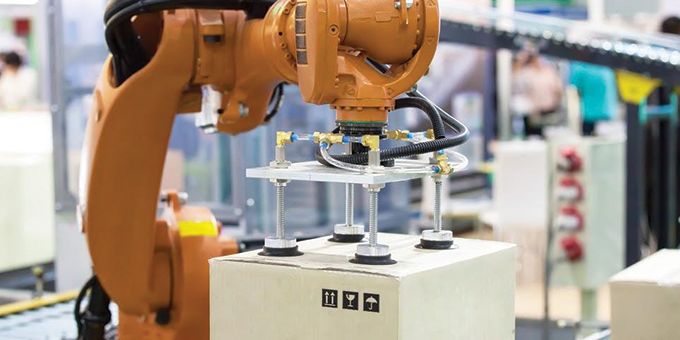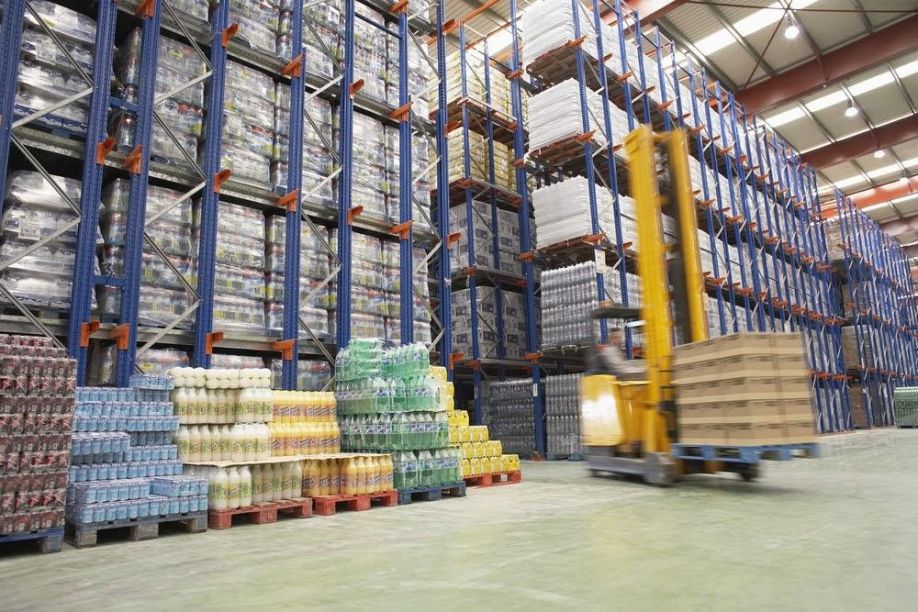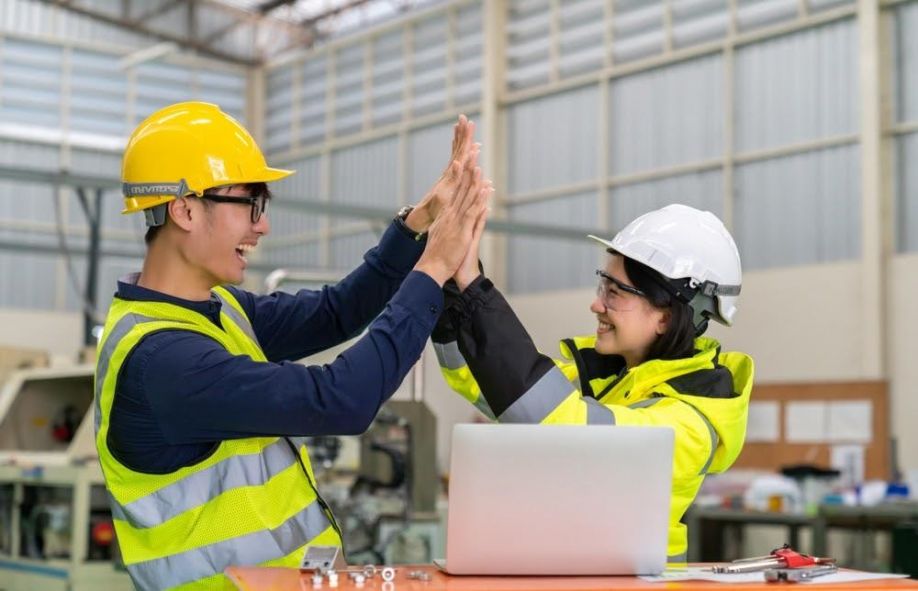
While machine learning offers many benefits to the company, try to move your employees around to other human-based areas of the business. Here are some ways that you can begin using machine learning in a warehouse environment.
Advancements in technology are impacting the warehouse industry all the time with new ways to track shipments, communicate, organize warehouses and more. But, machine learning is one of the newest types of technology on the block, and it's helping to improve warehouse safety and keep warehouses more organized and on top of shipments. When it comes to machine learning, it’s important to remember how this is impacting human jobs as more automated machines take the place of human workers. If you own or manage a warehouse and you’re interested in integrating machine learning tech, it’s important to consider what will happen to employees. While machine learning offers many benefits to the company, try to move your employees around to other human-based areas of the business. Here are some ways that you can begin using machine learning in a warehouse environment.
What is Machine Learning?
Machine learning is a phrase used to refer to a series of algorithms and statistics that a computer uses to notice patterns and essentially “learn” how to complete a given task. Machine learning is a subset of artificial intelligence, which is the development of a computer that is able to carry out tasks typically performed only by humans. Unlike with robotic machines that are programmed to do one specific task or movement, machine learning encourages the computer to analyze and understand data so it can figure out how to do the task, not mindlessly carry out an order. This means that machines with DRL (deep reinforcement learning) are able to sense their surroundings and react to a limited extent. One of the greatest benefits of machine learning is the fact that it can eliminate a lot of human errors, though machine learning is not perfect either.
Machine Learning in the Warehouse
Improve Supply Chain Management
Machine learning can vastly improve your overall supply chain because these machines were designed to pick up patterns. If a device analyzes your supply chain system, it may be able to notice areas where defeats are created or identify parts of the system that can be improved, making the entire process more efficient. With a human assessor, it would take more time to inspect each product and notice a pattern of defective items. A computer can do this analysis quickly, and there is a smaller chance that the machine will accidentally skip over a defeat, whereas the human eye may miss something that could become a larger problem in the future.
Integrating Automation into Warehouse Production
Many companies are beginning to move toward entirely automated warehouses in which machines perform the tasks of preparing packages for shipment and tracking inventory. Although this would eliminate human jobs, it would be much more efficient and, again, eliminate the chance of error. Still, there would be a need for humans to help fix machines and oversee the process, shifting the jobs from one segment of the warehouse industry to another. In the beginning, it may seem expensive to invest in the equipment, but in the long run, having machine-learned robots run the warehouse would reduce your overhead costs.

Organizing Products
Not only can machine-learned computers package your shipments, but they are also able to organize products. From the moment a shipment enters the warehouse, these devices can scan and report the shipment, keeping accurate track of your inventory. For employees working in warehouses, this task can be monotonous and time-consuming, but when machines are used in place of humans, the task can be completed much quicker and leave your employees with more time to carry out tasks that only a human can accomplish.
Reducing Waste
If your warehouse is carrying items that have a specific expiration date or food products that can go bad, you want to ensure you don’t store any of these items past the sell-by date. With machines that have been conditioned with some level of artificial intelligence, it’s easy to transmit data detailing when items will expire and need to be sold or disposed of. Humans can easily forget which items need to be sent out first, which causes waste when products are thrown away. Machine learning can help reduce this issue. Integrating eco-friendly packaging into your warehouse procedures can also help reduce waste by lowering your warehouse’s carbon footprint.
Offer Customer Support
It’s always important to provide your customers with actual human customer support, as it can be frustrating trying to explain an issue to a robot. There are still some benefits to machine-learned customer support. If you have a website for your warehouse, you can add a support chat feature that allows people to communicate with a computer via a messaging app. This is a great way to allow people to ask quick and simple questions without clogging your phone lines or asking people to wait on long hold times. You can also use automated customer support on your phone line to filter out simple questions, but you must always offer a human support option as well.

Improve Warehouse Safety
Warehouses can be dangerous places with so many heavy boxes and large machinery moving around one space. Of course, you should have strict safety practices in place to keep your employees as safe as possible. When you integrate machines into the process, you can make the environment even less dangerous and improve warehouse safety. If AI robots are responsible for driving dangerous machinery and storing inventory in hard-to-reach places, it’s less likely that an accident will occur. And even if it does, a human worker will not be the one to suffer the consequences.
Revolutionize Your Own Warehouse
If you’re looking for ways to upgrade your warehousing procedures, consider adding some machines that have been programmed with machine learning capabilities. You’ll be able to make your business more efficient and reduce the chances of workplace injuries. You don’t need to automate the entire warehouse if you value the work and impact of human employees, but you’ll find that machine-learned robots can speed up the process and make things easier for workers as well.
Source: roboticstomorrow.com
